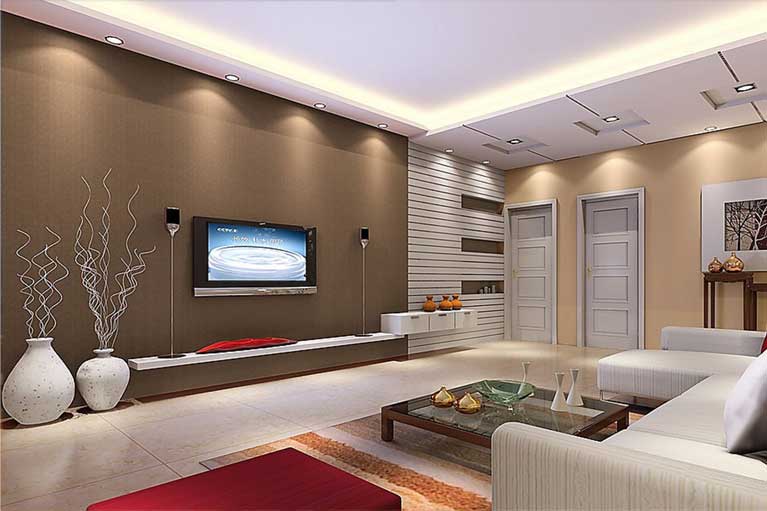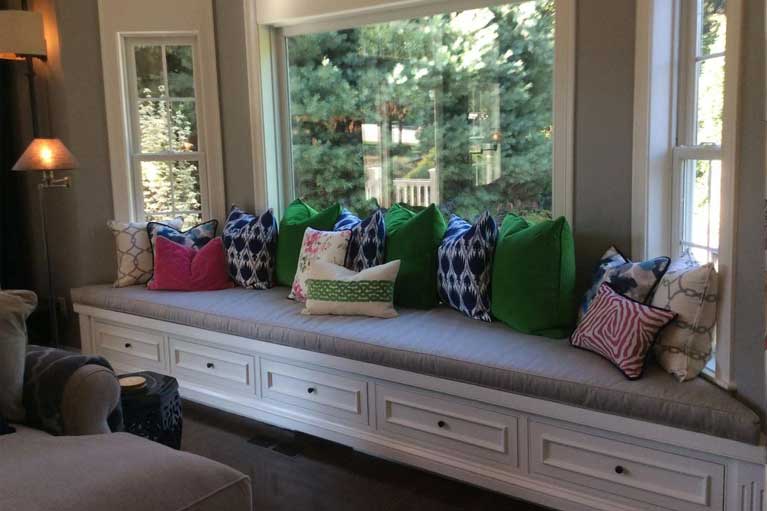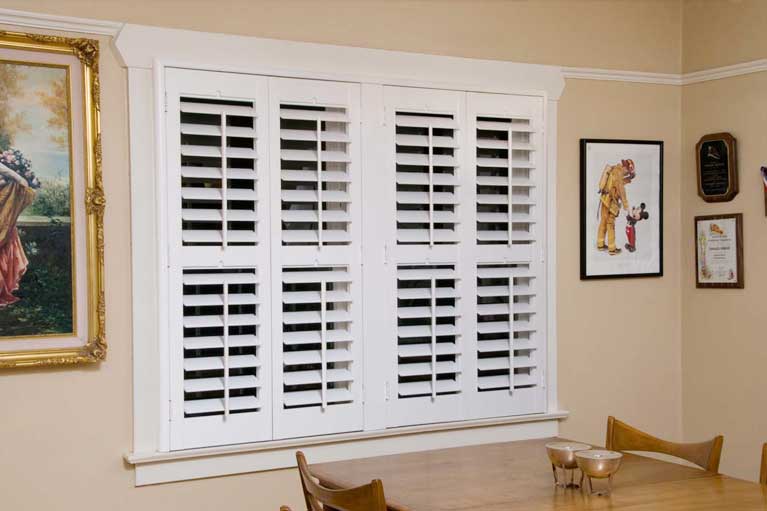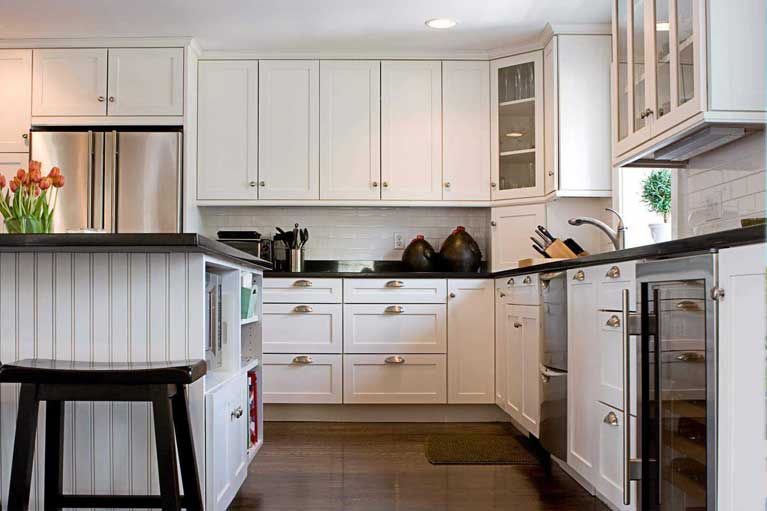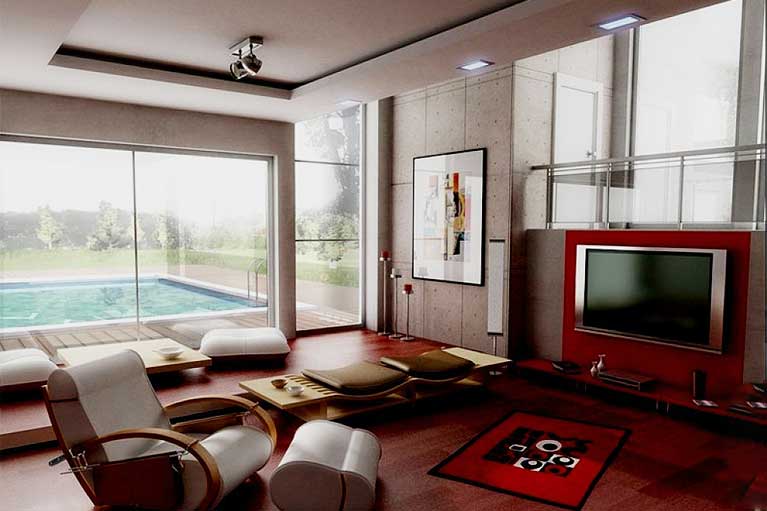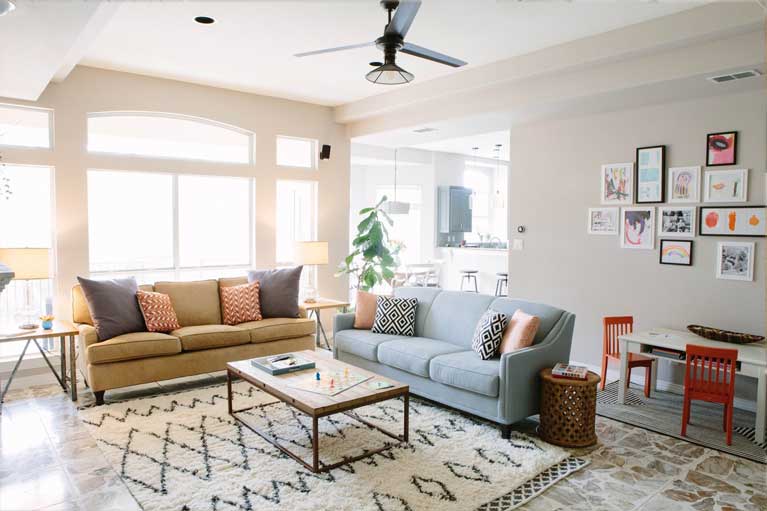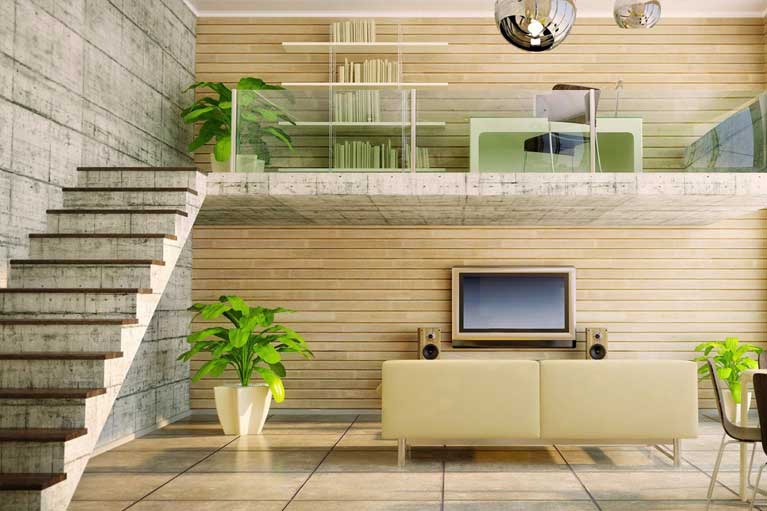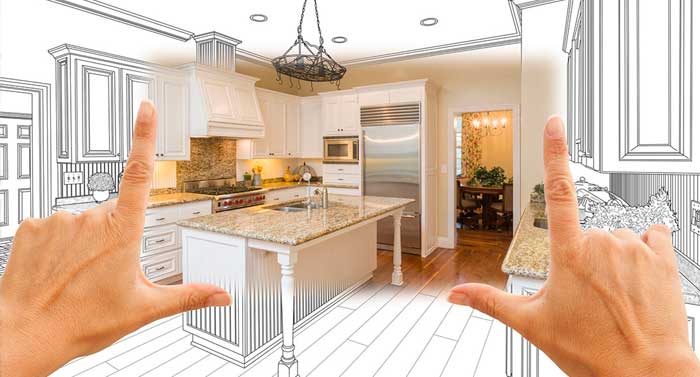1. Remodeling the Kitchen
Most people consider the kitchen to be the heart of the home, and because of this, updates in this room pay off. According to HGTV, you can expect to recoup 60%-120% of your investment on a kitchen remodel, as long as you don’t go overboard. You should never make your kitchen fancier than the rest of the house, or the neighborhood.
Why You Shouldn’t Invest in a Deluxe Kitchen
If you plan on selling your home within the next five years, keep potential buyers in mind before you start on any major remodel; many people won’t pay for a fancy, deluxe kitchen. One persons style is another persons turn off.
A Little Paint Goes a Long Way
When it comes to how much you spend on a kitchen remodel, prices can run the gamut, from $5,000 to $75,000, or more. Get the biggest bang for your buck on a kitchen remodel by looking at color. Fresh paint, in modern colors, can go a long way towards updating the look of your kitchen. Plus, paint is relatively cheap.
You might want to consider using low-VOC paint; this makes your kitchen more eco-friendly, and helps your family avoid breathing in dangerous chemicals, like benzene, that off-gas from regular fresh paint.
Energy-Efficient Appliances
Replace old appliances with energy-efficient models. Energy Star-rated appliances are better for the environment, and they also help you save money, because they use less energy. Potential buyers often look for ways to save money when shopping for a new home.
If you’re looking upgrade your appliances to save energy, learn more about the the best time of year to buy large appliances.
2. Bathroom Addition
If your home only has one bathroom, you can recoup a large chunk of your investment by adding another one. Estimates that you can recoup 80%-130% of whatever you spend adding a bathroom depend on the size home. If you are looking to add value to your home get professional advice before losing your shirt.
When it comes to finding room in your house for an extra bathroom, take a look at any extra rooms or underutilized spaces. Consider other spaces, such as closets or areas under the stairs, too. If you want a full bath, including a stand-up shower, you need at least 2 to 3 square metres. If you want a bathtub, make sure you have at least three plus square metres to work with for a bathroom addition.
Like any project, the cost of adding a bathroom depends largely on the types of additions and accessories you want to use, and the cost of each of these items. You can save money by frequently checking specials at large home stores; they often drastically reduce prices on sinks and toilets that have been floor models. You can also find great prices on tubs, doors, toilets, and fixtures via the internet.
3. Reinventing a Room
Adding more square metres to your home with a new room can be an incredibly expensive project. Although you can recoup some of your investment, anywhere from 50%-83%, this project’s costs can quickly spin wildly out of control. Just turn on any of those home remodeling TV shows; projects that start off with a $15,000 budget quickly turn into $30,000 or more when homeowners and contractors run into unexpected problems.
Reinvent the existing space in your home to save money. Convert the attic to a bedroom. Many homeowners can also add small apartments in, or over, their garages – which they can then rent out as a room.
Before you demolish walls and rafters, try to think about the ways that you, and potential buyers, can use the space:
Versatile rooms have greater appeal to potential buyers.
Attic spaces often work well for storage space, craft rooms and game rooms, especially if they have high ceilings. If you have kids, you can add swings to the rafters, and create a cool play room just for them.
4. Adding Energy-Efficient Windows
These days, buyers shop for homes with energy efficiency in mind. Old, drafty single-pane windows are a major turn off. Energy Star claims that adding Energy Star-rated windows can save you up to $500 a year in heating and cooling costs by making your home more energy efficient.
Check out water and heating saving products.
5. Deck Addition
Adding a deck increases the value of your home. Outdoor living spaces have become more desirable, especially since more people stay home for vacation. If you make your deck and your backyard more appealing, your house will be more appealing to prospective buyers when you decide to sell.
The cost of adding a deck to your home varies widely. Everything depends on its size, and how many bells and whistles you want added, like built-in seating, multiple stairs, built-in flower pots, and the size of the deck. Decks can cost anywhere from $1,200 to $10,000, or more. Again, it all depends on the design and materials used.
6. Energy-Efficient Insulation
If your home lacks basic insulation, and has old doors that let in plenty of hot and cold air, home inspectors working with potential buyers will include this in their reports. Homes that haven’t been modified with energy efficiency in mind cost more to live in and maintain.
Updating your home to save energy doesn’t have to cost a lot of money and can make your home more appealing to potential buyers. You can save $2,500 or more each year just by making some changes. For example, you can add extra insulation to your attic for $800 or less, and this small change can save you hundreds each year on your utility bill depending on the climate of the area you lve in.
Seal cracks around the house to save even more money on energy costs, and to make your home more appealing to buyers. You can find leaks in your home during the winter. Anytime you feel a draft or cold spot, you’re in an area that leaks air. You can purchase a thermal leak detector for $40 or less (e.g. Black & Decker TLD100 Thermal Leak Detector). These handheld devices alert you to temperature differences around your home. This then allows you to add caulk or insulation where you need it the most.
You can often discover leaks, and areas that need more insulation, in these areas:
Around doors and windows
Around electrical sockets and light switches
In recessed lighting
Around the attic hatch
Anywhere ducts or wires go outside the house
Another easy retrofit is to use CFL light bulbs in all light fixtures. CFL bulbs use 75% less energy than traditional bulbs and each one saves, on average, $100’s in energy costs over the course of its lifetime. You also save on cooling costs because CFLs emit 75% less heat than traditional bulbs. You can easily calculate how much you can save simply by counting the number of lights you have in your home.
LED lighting has come a long way and found to be a great cost saver.
You can also install a programmable thermostat. Most buyers expect to see programmable thermostats these days, and they can save you money. Energy Star estimates that installing a programmable thermostat will save the average homeowner in heating and cooling costs.
If you need to replace your hot water heater, consider spending a bit extra to purchase a high-efficiency water heater. Savvy home buyers know these water heaters can really trim energy bills. If you use less than 160 litres of water each day in your household, a tankless water heater saves you 24%-34% on your water heating costs. If you use more, count on a savings of 8%-14%.
7. Basic Updates
Basic updates add the most value to your home. Keep the paint fresh, fix the roof when it leaks, replace wood that rots, and get rid of any mold that you find. These types of chores keep your home from deteriorating over time. Buyers want a healthy, solid, safe home, and they look carefully for signs of routine maintenance.


